UNESCO World Heritage Sites in Iran
Iran with a rich history and culture has 26 world heritage sites.
Naghshe Jahan Sq.
Persepolis
Tchogha Zanbil
This Square is one of the largest fields in the world that was a monument of Persian socio-cultural life during the Safavid period. Historical buildings surrounded the Sq.

Persepolis the unique Site was an ancient ceremonial capital Achaemenid Empire of the second Iranian dynasty. It was founded by Darius 1 in 518 BC.

Tchogha Zanbil is the world’s oldest ziggurat and the holy city of the Kingdom of Elam centered that in ancient, and it was known as the earthly house of God in ancient.
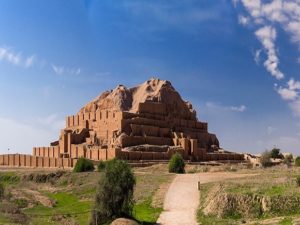
Soltaniyeh
Pasargad
Yazd
Soltaniyeh is the ancient capital of the Ilkhanid dynasty, an empire of Mongolian origin that ruled over Persia in the 13th and 14th centuries. The building’s form is octagonal and rises to a stunning high-profile dome crowned with turquoise blue glazed bricks.

Pasargad the first capital of the Persian Empire covers the archaeological remains, dating from the 6th century BC that contributions from different peoples of the empire created by Cyrus the Great. Pasargad comprises a palace, gardens, a 14m high stone tower, and the tomb of the founder of the dynasty, Cyrus the Great.
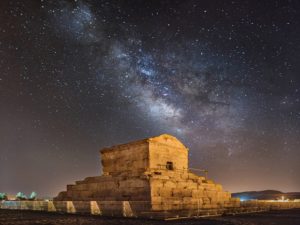
The ancient city of Yazd whose life is coordinated with its desert and is remarkable through the Qanat water system. Yazd is a city with a long history dating back to the Achaemenid era and is located alongside the Silk Road and the Odyssey which has success in the business.
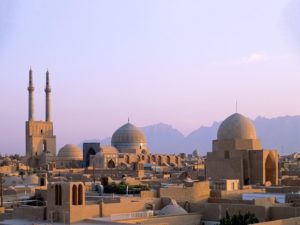
Sheikh Safi al-din
Takhte- Soleyman
Bisotun
Ardabil is a Sufi spiritual retreat dating from between the early 16th century and late 18th century. It comprises a Bazar, public bath, square, religious buildings, houses, offices, and a display of sacred works of art. The artistic style has been used in contemporary art, calligraphy, gilding, and silverware.
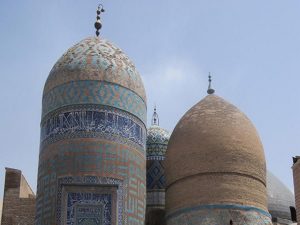
It is the holiest of Zoroastrianism and an outstanding ensemble of royal architecture, One of the early monotheistic religions of the world contains a fire temple, ‘Solomon’s prison’, a mountain that served as a quarry for the construction of the site, the archaeological mound Tepe Majid and Belqeis Mountain.

It is located at an archaeological site along a historical trade route in Kermanshah. The most ancient works are related to the Middle Paleolithic era, and the most recent is related to the Safavid era, but its reputation is back to the inscription and the portrayal of Darius I of Achaemenid.
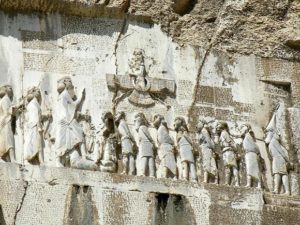
Persian Qanat
Golestan Palace
Meymand
The Persian Qanat is an ancient underground water management system used for irrigation in a desert climate. The system was a communally managed system used for irrigation in a desert climate.
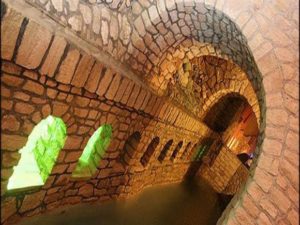
The Golestan Palace is a 19th-century royal residence in Tehran, built by the Qajar dynasty. It combines traditional Persian architecture with western influences. The site includes 8 palace complexes around a garden.
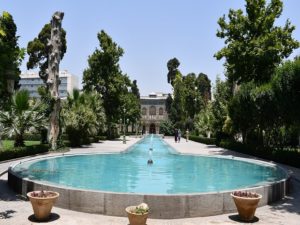
Meymand is a rocky village a few thousand years old that building is certainly one of the first human settlements in Iran and the inhabitants of this village have special customs. They still are talking about Sassanid Pahlavi.
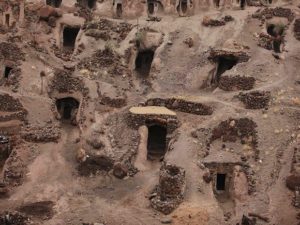
Eram Garden
Bazaar Tabriz
Abbasabad Garden
Eram Garden Shiraz, The history of the construction of the garden is attributed to the Seljuk period.

One of the largest indoor markets and one of the architectural masterpieces in the world.Arches and domes with beautiful workshops and high altitudes, interconnected brick structures, the order of the formation of shops, the large number of Timche, and the presence of a large number of schools and mosques that are on the side, marking this market as an excellent example of the business environment and Islamic and Oriental life.

There is a summerhouse in the middle of the lake in Behshahr which is drowned in water during the time the dam was closed.

Masjed-e Jame
Armenian Monastic Ensembles
Chehel Soton
Masjed-e Jame of Isfahan displays architectural styles of different periods in the country’s Islamic architecture.
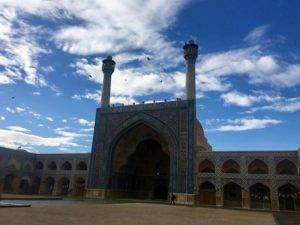
The Armenian monasteries of Iran illustrate the Outstanding Universal Value of Armenian architectural and decorative traditions in that they represent very important cultural interchanges with the other regional cultures, in particular Byzantine, Orthodox, and Persian. It is located at the southeastern limits of the main zone of Armenian culture.
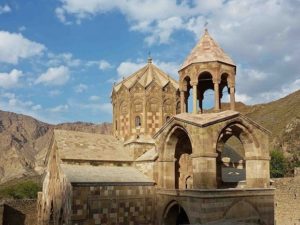
Chehel Soton in Isfahan is one of the Iranian gardens which is related to the Safavid era. The garden was 2011 registered as a UNESCO World Heritage.
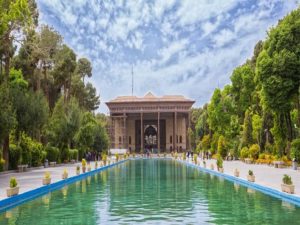
Susa
Sassanid Archaeological Landscape of Fars Region
Fin Garden
The ancient city of Susa is one of the oldest known settlements in the world and the Elamite and Achaemenid empires. Susa was
archaeological complex and the area of Ardeshir’s Palace.
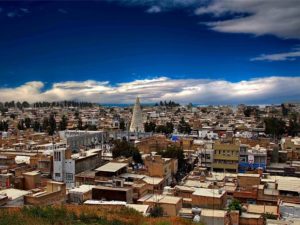
The archaeological landscape reflects the optimized utilization of natural topography and bears witness to the influence of Achaemenid and Parthian cultural traditions and of Roman art, which had a significant impact on the architecture of the Islamic era.
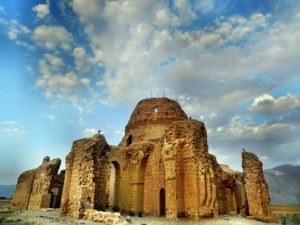
The brilliant and green structure has been formed in the middle of a desert and has remained for a long time and its greatness has not been lost. Fin Garden is located southwest of Kashan.

Akbarieh Garden
Gonbad-e Qabus
Dolatabad Garden
Historic mansion of the Zandieh era. The use of architecture Turkish and Russian and the combination of the two, has given a very special shape to a historic mansion with Islamic architecture.

Gonbad-e Qābus is an outstanding achievement in early Islamic brick architecture due to the structural qualities of its specific geometry. The tower was constructed at 53 meters that have to use unglazed fired bricks.

The mansion inside the garden is a unique octagonal with colored glasses in the windows. There is a long pool in front of the building. The Largest Windcatcher in Iran is in the garden of Yazd City.

Bam
Pahlevanpour Garden
Lut Desert
Bam is a cultural landscape and a medieval Central Asian trading settlement in a desert environment.
The name Bam has been associated with the “burst” of the worm (silkworm). Bam Citadel is the largest adobe building in the world.

The Pahlevan Pour Garden located in Mehriz, Yazd province, Iran is a historic Persian garden and was built during the Qajar dynasty. The garden includes an entrance, a pavilion (koshak in Persian), a building winter, the building of a caretaker, a bathroom, and a kitchen.

This salt desert also is known as the hottest place on earth. The history of civilization over 5,000 years on the edge of the Lut desert and the discovery of about 3,000 historical works of this region are unique in their kind, including the discovery of the 5,000-year-old Shahdad, the oldest in the world.
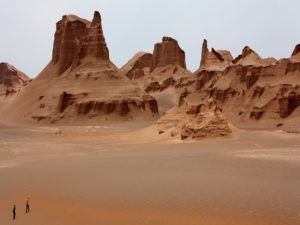
Historical Hydraulic System
Shazdeh Mahan Garden
An irrigation system is complex and dates back to the Achaemenids era and the kingdom of Darius in the fifth century. Shushtar’s hydraulic irrigation system was created through the creation of a subsidiary channel from the Karoon River to create a ditch around the city.

The history of creating the Shazdeh Garden dates back to the Qajar era. In addition to the authentic architecture of the Shazdeh Mahan Garden mansion, the existence of fountains that act only in accordance with the law of physics and altitude is a characteristic feature of the beautiful traditional garden.

